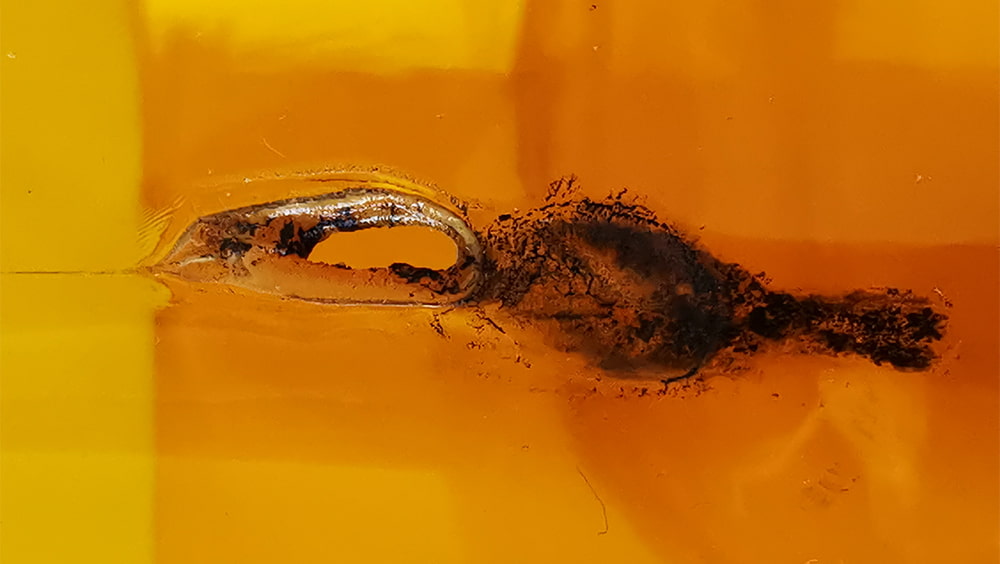SKZ launches pioneering project for venting injection molds
The venting of injection molds has always been a complex issue that has not yet been satisfactorily resolved. Inadequate venting can result in defects and weak points in the components as well as damage to the molds. In a joint project, industrial companies are working with the SKZ Plastics Center to develop a deeper understanding of mold venting.

Typical error pattern with incorrect tool venting. (Photo: SKZ)
Research project with extensive industry involvement aims to improve injection mold construction
The correct venting of injection molds is not trivial, as it depends on a number of factors such as cavity volume, injection speed, component geometry and flow paths. The selection of a sensible venting concept is correspondingly complex. The SKZ Plastics Center in Würzburg would like to be a pioneer for the industry in this area and develop solution concepts together with leading industry representatives.
Formation of gaseous products
"When the polymer is injected into the cavity, it is not only the trapped air that is displaced. During the processing of many thermoplastics, gaseous products can form that also have to escape from the mold. These include, in particular, fiber-reinforced and/or flame-retardant materials and, for example, polyolefins, polycarbonates and polyamides. Inadequate venting often leads to damaged areas," explains Christian Deubel, Senior Engineer Research Injection Molding at SKZ.
No suitable methodology yet
In everyday industrial practice, this often leads to many expensive iteration loops in toolmaking until satisfactory quality is achieved. A wide variety of solutions for venting systems exist on the market. However, according to Deubel, a suitable methodology for finding the optimum venting system for a specific application quickly and specifically has been lacking to date.
Seven companies take part
For this reason, the SKZ has teamed up with industrial companies to quantitatively evaluate existing venting systems for various applications and derive corresponding recommendations. The SKZ's offer to participate in the research was very well received. A total of seven companies have now joined forces to develop a solution - including Bürkert Werke GmbH & Co. KG, GHD Präzisions Formenbau GmbH & Co. KG, ifm electronic gmbh, ITW Automotive Products GmbH, Schaeffler Höchstadt, UVEX Arbeitsschutz GmbH and voestalpine HPM Deutschland Beteiligungs SE.
Avoiding expensive reworking
At the end of the research work, the SKZ experts primarily want to enable a simulation of the geometry variants, including venting solutions, and comparison with the real (measurement) results and develop a recommendation for action for optimized venting simulations and implementation in the tool. "This should make it easier in future to identify the correct venting method from the outset and to provide for it in the tool in order to avoid expensive optimizations and reworking," says Thomas Zentgraf, Senior Engineer at SKZ.
Further participants welcome
As SKZ pioneering projects are completely industry-funded, the results are only available to participating companies. The project started on June 1, 2024. However, further participants are welcome.
Further information on the project


